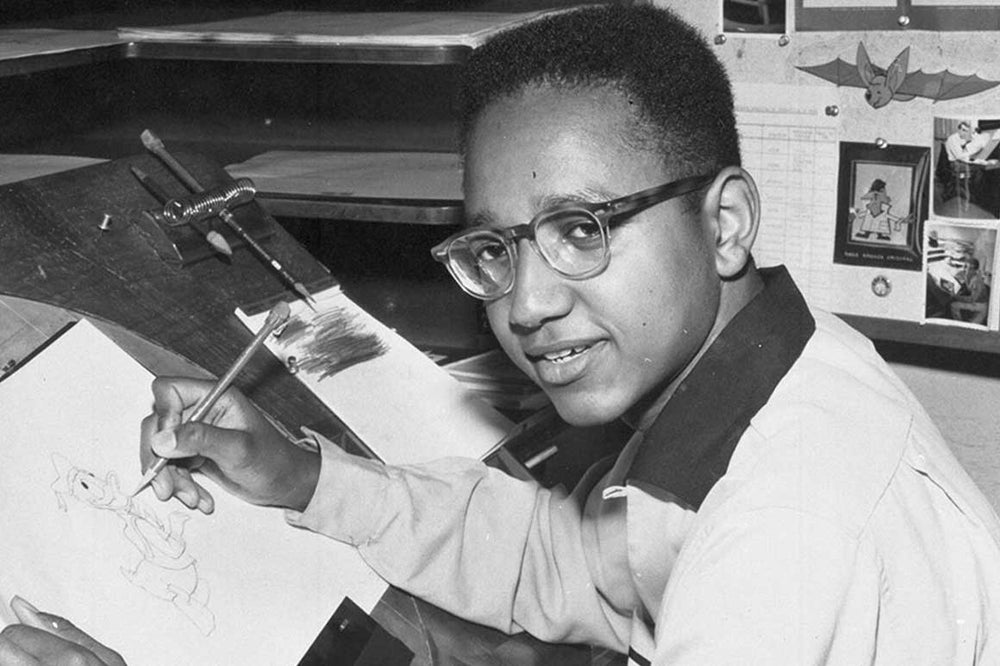As a Black creative, I can honestly say that the past few years have been interesting and encouraging.
Since the pandemic’s beginning, when more people were on social media, there was much more emphasis on following Black creatives online, especially during Black History Month. What I thought was a gimmick initially connected me to many people I consider ongoing friends today. My follower count on Instagram went up, and more people are engaging with many of my online history lessons.
Part of my “brand” (if you even want to call it that) is uncovering the history of Black Americans and telling their story. I see an awful lot of that, especially this time of year, with articles highlighting the accomplishments of many stellar African Americans of the past.
Now, I LOVE my predecessors. I talk about them constantly on Instagram. But what of the NEW trailblazers, though? The “disrupters” of the status quo; working to break existing barriers? No love for them?!?
As a firm believer in “if you don’t see it in the world, create it yourself,” I asked RetroSupply owner Dustin Lee if I could write an article highlighting not only the past group of trailblazers, but also the present-day creative heroes that are conquering pervasive struggles of Black people and many others in the United States.
For the sake of this post, let’s call it “Reflect (on where we’ve been) and Connect (to folks in the right now).”
Here are a few folks (out of a WHOLE bunch) we will focus on today…


